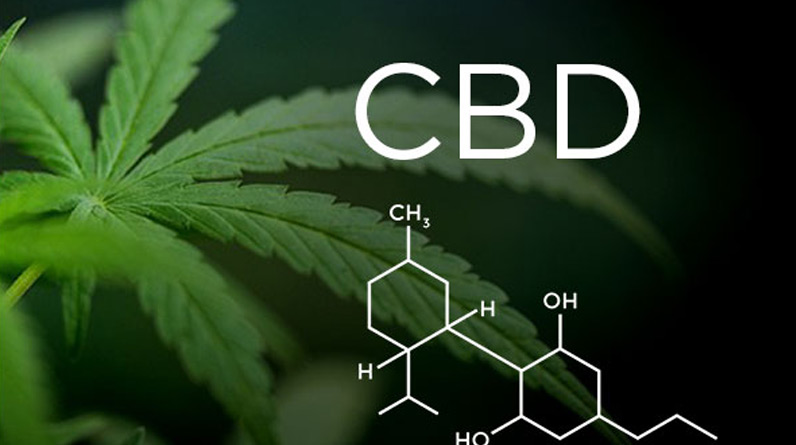CBDV (cannabidivarin) is one of the minor cannabinoids found in cannabis plants. It has recently been the subject of much research thanks to a pharmaceutical company funding most of the trials.
This research has shown that CBDV may help reduce nausea associated with Duchenne muscular dystrophy and increase appetite. It also shows that it works as an inverse agonist for the CB1 receptor.
CBDV Does Not Cause the High
CBDV has not gained much popularity in the cannabis industry, but it is a fascinating compound that can benefit those who use it. The combination works through the endocannabinoid system (ECS) and TRP ion channels to prevent or alleviate several health issues, including pain, anxiety, migraines, nausea, and more.
Studies have also shown that CBDv has anti-nausea effects, acting as an agonist on CB1 receptors and blocking the nausea response. This could help with conditions such as chemotherapy, which often causes vomiting and nausea in patients.
CBDV has also been found to help treat Duchenne muscular dystrophy (DMD), a genetic disorder that causes inflammation and irreversible damage to skeletal muscles. CBDV can improve locomotion, reduce muscle damage, and restore muscle function in DMD patients. It has also been used to help with autism spectrum disorders, as it can help reduce repetitive behaviors and increase social skills.
CBDV is Safe
CBDV (cannabidiol naringin) and CBD are chemically similar, but CBDV doesn’t cause the high associated with THC. It’s found in cannabis and hemp plants, especially in strains that naturally contain less THC.
It’s been shown to reduce seizures in animal studies and is being studied for its possible benefits in patients with epilepsy, especially since it appears to have some anticonvulsant properties. It also helps with neurobehavioral issues and may help reduce excess brain weight in Rett Syndrome. This genetic disorder can cause symptoms like a lack of motor coordination.
It’s non-psychoactive, so it won’t appear on a drug test. CBDV has been found to interact with CB1 and CB2 receptors but also has some effects on the capsaicin receptor TRPV1. It’s been shown in experiments with rats that it also has some anti-emetic properties. It may also help improve muscle function in Duchenne muscular dystrophy. CBDV is a natural compound in some foods, such as blueberries, blackcurrants, and oranges.
CBDV is Effective
CBDV is effective in animal studies for treating seizures as one of the CBDV benefits. It also acts as an inverse agonist on CB1 receptors. A company called Jazz Pharmaceuticals is conducting trials of CBDV to treat a rare kind of epilepsy and autism spectrum disorders in humans.
Moreover, research has found that CBDV is highly effective in treating migraines and neuropathic pain. The cannabinoid is also helpful in reducing anxiety and mood issues and managing inflammation.
It has also been found to help with sleep, muscle relaxation, and reduced nausea. It is also a powerful antioxidant. As a result, there is a great deal of interest in the medicinal benefits of CBDV. Growers are hoping to develop strains of cannabis that contain high levels of this cannabinoid. Cannabis seeds containing high amounts of CBDV are available from companies like Dutch Passion. These seeds are grown in the same way as other cannabis plants, but they produce buds that do not have psychoactive effects.
CBDV is Affordable
It’s possible to find CBDV in cannabis products, though it is not as common as CBD. It is typically found in cannabis strains bred for high levels of THCV. You may also find it in full-spectrum hemp flowers marketed for its psychoactive effects.
As a nonpsychoactive cannabinoid, CBDV does not show up on drug tests. However, since it is often paired with other cannabinoids in full-spectrum extracts, it’s essential to know the dosage and how your body responds.
CBDV has huge pharmaceutical potential, as it could be used to treat symptoms of autism spectrum disorder (ASD) like social isolation and communication issues. It’s also undergoing research as a potential treatment for schizophrenia and PTSD, as well as anxiety and depression. It’s easy to see why many people are excited about this cannabinoid. It’s a shame that decades of prohibition prevented it from being adequately studied.


